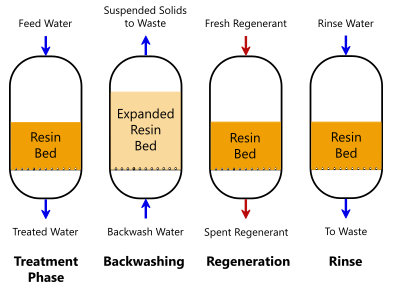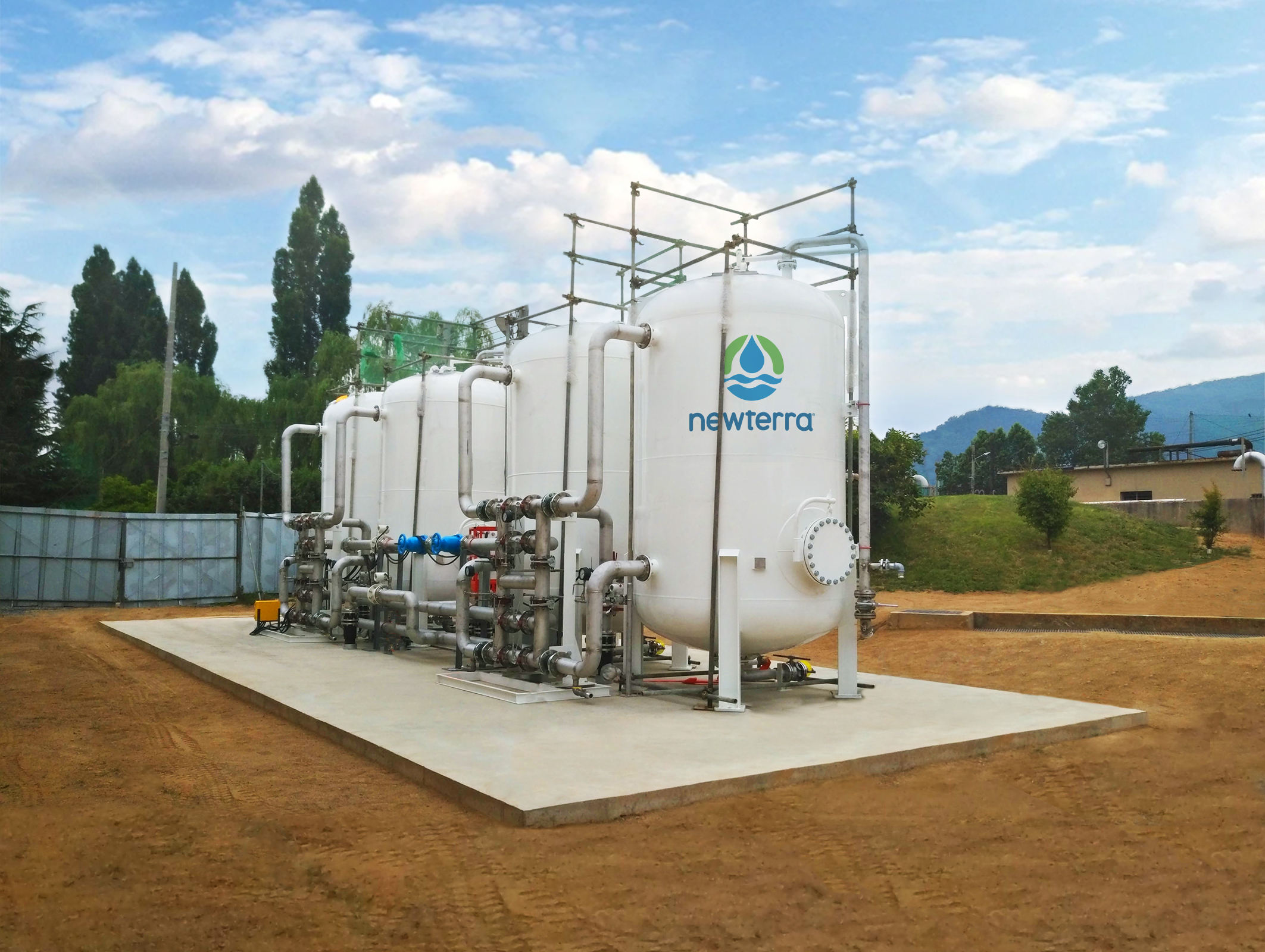M270 PFAS Treatment for Sustainable Waste Management
M270 PFAS Treatment for Sustainable Waste Management
Blog Article
How PFAS Therapy Makes Certain Clean and Lasting Water
The visibility of PFAS, typically referred to as "permanently chemicals," postures substantial challenges to water top quality and public health. Advanced therapy technologies, consisting of turned on carbon adsorption and membrane filtering, have actually become efficient options to reduce these impurities. By using these approaches, areas can not just accomplish cleaner water yet also foster sustainable methods that protect environments. Nevertheless, the implications of these therapies prolong past immediate wellness advantages; they increase important questions concerning lasting water management approaches that need to be addressed to ensure a resistant future. What does this mean for our approach to water sustainability?

Comprehending PFAS Contamination
PFAS, or per- and polyfluoroalkyl substances, have actually emerged as a substantial environmental problem as a result of their widespread occurrence and determination in the environment. These artificial chemicals have actually been utilized in numerous commercial applications and consumer products, including non-stick pots and pans, water resistant apparel, and food product packaging, because of their distinct residential properties such as water and grease resistance.
The contamination of soil and water resources by PFAS takes place mainly through commercial discharges, firefighting foam use, and seeping from landfills. pfas management. When released, these materials are immune to destruction, leading to their accumulation in the environment. This perseverance raises vital problems, as PFAS can travel lengthy ranges via groundwater and surface area water supply, impacting drinking water supplies and communities

Health Threats of PFAS
The determination of PFAS in the environment increases significant health and wellness issues for people revealed to these materials. Research has connected PFAS direct exposure to numerous unfavorable wellness results, consisting of immune system disorder, liver damage, and raised risk of certain cancers.
The ubiquity of PFAS in consumer products, such as non-stick pots and pans, water-repellent textiles, and food product packaging, more enhances the risk of direct exposure. Consuming alcohol water infected with PFAS is a significant issue, as these chemicals can seep right into groundwater sources. Prone populaces, including kids and those living near industrial websites, may deal with heightened threats because of their creating systems and potential for greater exposure levels.
As understanding of these wellness dangers continues to expand, regulatory firms are beginning to establish standards for PFAS degrees in drinking water. Public wellness initiatives are important to reduce direct exposure and secure neighborhoods from the long-term impacts of these dangerous compounds.

Innovative Treatment Technologies
How can we efficiently deal with the challenges positioned by PFAS contamination in water resources? Ingenious therapy innovations are arising as critical remedies in the pursuit for clean water. These methods concentrate on the removal or devastation of per- and polyfluoroalkyl compounds (PFAS), which are notorious for their persistence in the setting.
One promising approach is adsorption using innovative products, such as activated carbon and ion exchange materials. These products have actually shown efficacy in recording PFAS particles from water. An additional significant innovation is membrane layer filtration, which uses nanofiltration and reverse osmosis to separate impurities at the molecular level, thus providing a barrier versus PFAS.
Additionally, advanced oxidation processes (AOPs) use strong oxidants to break down PFAS compounds into safe byproducts. This method is particularly effective for treating very contaminated water resources. Bioremediation strategies, using details microbes, are likewise being checked out to degrade PFAS.
As study continues, hybrid systems that combine numerous modern technologies might provide improved performance, resolving the intricacies of PFAS contamination. The development and application of these cutting-edge therapy modern technologies are essential steps toward ensuring the safety and sustainability of our water sources.
Advantages of Efficient PFAS Treatment
Successfully dealing with PFAS contamination in water sources dramatically enhances public wellness and ecological security. PFAS, frequently referred to as "forever chemicals," are resistant to destruction and can accumulate in the body, causing major health and wellness risks such as cancer cells, liver damages, and body immune system dysfunction. By carrying out effective treatment techniques, areas can minimize direct exposure to these dangerous substances, ultimately boosting the health results of their populaces.
Moreover, successful PFAS therapy contributes to the conservation of local ecosystems. Contaminated water can negatively influence marine life and interfere with the fragile equilibrium of neighborhood environments. By ensuring clean water, treatment processes protect biodiversity and preserve eco-friendly honesty.
Additionally, efficient PFAS removal can foster public confidence in water quality. When neighborhoods are assured that their alcohol consumption water is without damaging contaminants, it advertises a feeling of safety and security and well-being. This trust fund is vital for area engagement and support for continuous water administration initiatives.
Future of Water Sustainability
Amid expanding concerns concerning water top quality and scarcity, the future of water sustainability rests on cutting-edge techniques and check collaborative initiatives. As neighborhoods face the looming threats of pollutants like PFAS, the growth of sophisticated therapy modern technologies is important. These innovations not only concentrate on the elimination of damaging substances yet likewise advertise the reuse and recycling of water, thereby decreasing overall need.
Moreover, efficient water administration plays an essential duty in guaranteeing lasting methods. Policymakers should incorporate scientific research with regulative frameworks to develop clear guidelines for water usage and therapy. Stakeholder interaction, consisting of regional communities and industries, cultivates a sense of common responsibility and encourages sustainable methods throughout numerous sectors.
Investment in facilities is additionally essential; upgrading aging systems to incorporate modern click to read purification and filtration approaches can significantly enhance water top quality. Embracing environment-friendly modern technologies, such as all-natural filtering systems, can offer environmentally friendly options.
Ultimately, the future of water sustainability depends on an all natural method that integrates modern technology, policy, and area involvement. By focusing on these components, we can safeguard our water sources for generations ahead, making sure tidy and sustainable water for all.
Verdict
To conclude, the effective treatment of PFAS is crucial for making sure tidy and sustainable water. By employing innovative technologies such as turned on carbon adsorption, membrane layer purification, and progressed oxidation processes, communities can substantially lower the health and wellness dangers related to these pollutants. Furthermore, the integration of these therapy have a peek at these guys approaches supports ecosystem protection and improves biodiversity. Inevitably, robust PFAS treatment approaches add to long-lasting durability in water management, fostering public count on water top quality and promoting lasting practices.
Report this page